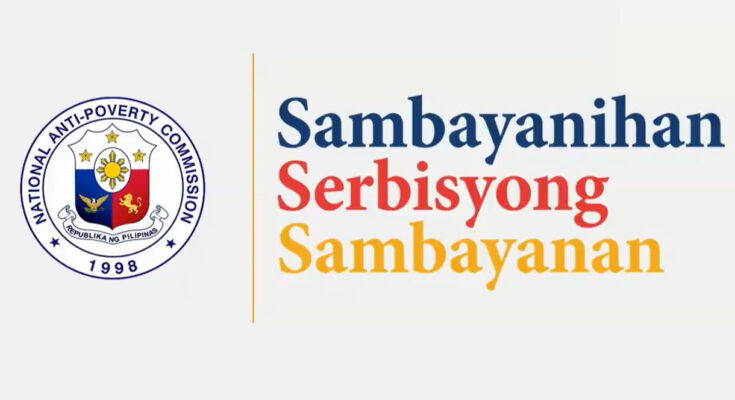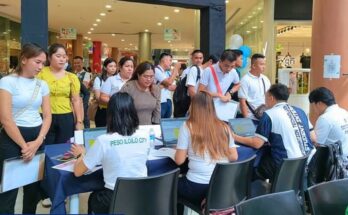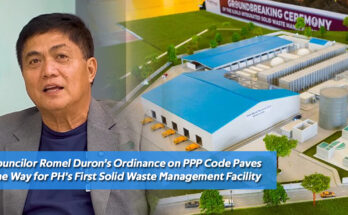Even in the face of COVID-19, the National Anti-Poverty Commission (NAPC) has posted an 87 percent overall accomplishment rate for the first quarter of the year based on four key physical areas involved in addressing the cycle of poverty in the Philippines.
The commission has particularly excelled in the training of volunteers for the Ka-isa ng Sambayan Laban sa Kahirapan (Ka-sambayanihan) volunteer program, its partner in implementing and monitoring various anti-poverty initiatives at the grassroots level. Seven hundred eighty-nine people, 20 more than the initial target of 769, rated the training as “good” or “better,” for an achievement rate of 102.6 percent.
Recognizing that public consultations and multi-stakeholder dialogues are necessary to understand further issues affecting poverty alleviation, NAPC has organized 110 out of 132 target consultative and convergent platforms, allowing it to reach 83.3 percent of its goal.
At the same time, it has prepared 24 out of 30 policy, plan, and program recommendations and delivered 2,518 out of 3,063 information pieces and advocacy events for 80 percent and 82.21 percent accomplishment rates, respectively.
“These were all made possible through the efforts of the different units of the agency working together with its partners: the basic sectors, the national government agencies, development partners, and other stakeholders, towards the achievement of its goals and objectives,” said Atty. Noel K. Felongco, NAPC Secretary and Lead Convenor.
He added: “I strongly believe that the success of our fight against poverty is tethered not only in the design and implementation of our programs and projects but most importantly in the unity among us and all of our stakeholders.”
The NAPC operates using the Sambayanihan Serbisyong Sambayanihan as a guiding framework. Sambayanihan lays down in detail the agency’s visions and targets for poverty reduction from 2019 to 2023 consistent with “AmBisyon Natin 2040,” the country’s picture of the future, and operationalized by the medium-term Philippine Development Plan,
The NAPC has adopted its thrusts of intensified policy advocacy and people’s participation based on a comprehensive view of poverty, towards the fulfillment of 10 basic needs, namely: Food and Land Reform, Water, Shelter, Work, Health, Education, Social Protection, Healthy Environment, Peace, and Participation.
Although the pandemic has had a significant impact on NAPCs programs, especially in monitoring and coordination, Felongco said that the staff and volunteers are still actively implementing projects for disadvantaged Filipinos.
Among these initiatives are the Kasambayanihan Caravans aimed at bringing basic government services closer to remote provinces and the Paaralang Bayan Online. This weekly live stream provides information to volunteers and all sectors about government programs and initiatives against poverty.
NAPC also coordinates with local governments and other national government agencies for the NAPC-PAGCOR Poverty Reduction through Rural Development (NAPC-PAGCOR PRRD) Projects, including integrated coconut production, the establishment of organic farming and trading posts, and other projects at selected sites in the country.
It has currently signed Memorandum of Agreements with 190 cities and municipalities, 7 provinces and 2 barangays.
To know more about NAPC, visit https://napc.gov.ph/.



